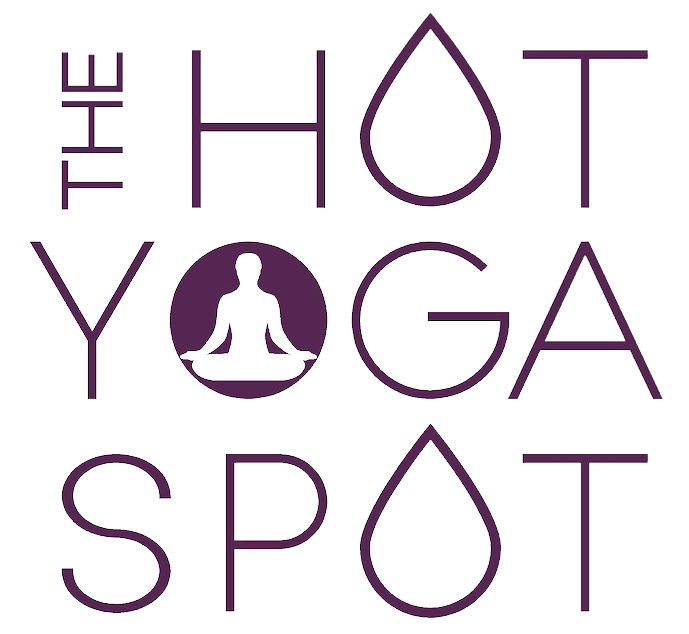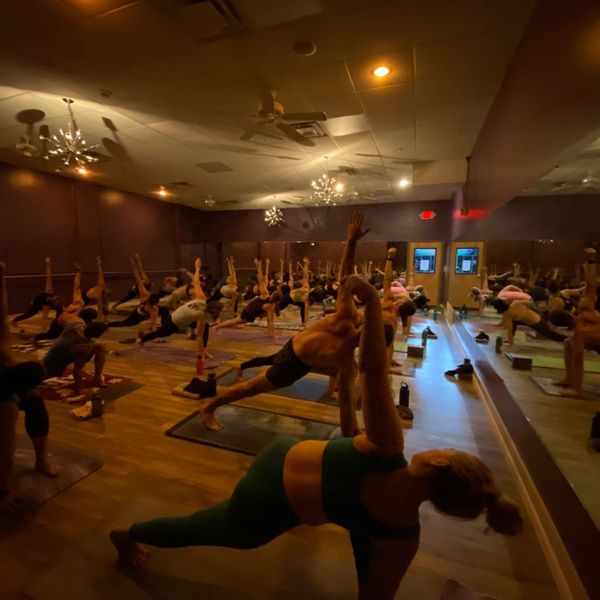Mindful living has become more accepted than in years past. With the rush and craziness that life brings along with the pandemic, people have paused and reflected on what matters. Inner peace and being mindful is undoubtedly at the top as mental health has taken priority. However, this can take a lot of work to achieve while immersed in our day-to-day lives.
That’s why practicing it matters. Connecting with yourself through breathing and yoga can be the ultimate pathway forward to achieving the state of mindfulness. The journey can be frustrating without understanding the challenges that can occur with this.
Here we present common obstacles when working towards mindfulness.
Finding Time
Self-care is the pinnacle of treating our bodies and mind with respect. Have you ever been running around and suddenly forgot if you were breathing or not? One of the biggest challenges is finding time to practice mindfulness. We are taught to multi-task and think of the next task.
This puts our minds and bodies into a perpetual state of looking to the future without ever being in the present. The first step to correcting this behavior is understanding what mindfulness is. By Definition, Mindfulness: a mental state achieved by focusing one's awareness on the present moment while calmly acknowledging and accepting one's feelings, thoughts, and bodily sensations, used as a therapeutic technique.
The process of being mindful is easier said than done. But with enough practice, one can start to achieve this. One of the most important parts of the process is being kind and forgiving yourself if you forget to find the time.
Times Where You Can Be Mindful
Working out, such as yoga
Eating
Before bed
First thing in the morning
Etc.
Why Yoga Is One of the Best Choices
While mindfulness can be practiced at all different times, yoga is one of the best approaches. There are a few reasons for this.
When starting out, your mind will wander quite a bit, so it is great to have a task at hand.
Yoga is better than high-intensity cardio in some cases because it’s meant to calm you down rather than get you pumped up.
Yoga provides many physical benefits, such as relaxing the muscles and working on mobility. This will translate into other areas to benefit your life. It is a different approach to modern medicine and is commonly referred to as functional medicine.
Professionals at Rashav Wellness define functional medicine as addressing the person as a whole rather than looking at one area or providing one solution. While working on your mental state, yoga can also address other issues physically. Practicing yoga also eliminates some of the concerns of being unable to be present because of multitasking. It helps with learning to move and breathe correctly in and out of our bodies, so we feel more connected.
Routines and Consistency
Another area that becomes very relatable is the “New Years' Resolution” fable. When we find a new way to move forward with our health, it can be exciting at first. But sticking with yoga and techniques to practice mindfulness is a completely different challenge than starting in the first place.
Getting up in the morning to do it first thing is an option. But it may require you to wake up earlier than expected. Or, after a long day at work, taking the time to unwind at night is another great solution. But sometimes we get tired.
Benefits Of Adding Yoga and Breathing To Your Daily Routine
Morning mindfulness presents clarity at the beginning of the day. It starts you off on the right foot, and you can feel more productive and intentional throughout the day.
Taking time for yourself at night can allow you to reflect on the day and unwind. It can promote a better night's sleep to feel restful for the next day ahead.
Taking a break throughout your day to incorporate yoga is good for the body’s health. Stretching, moving, and increasing mobility will have long-term health effects when we are cooped on in offices all day.
While yoga has many more benefits, they directly correlate to why adding them to your routine is great.
Finding the Connection
Yoga isn’t an instant love for everyone. Sometimes people walk out of a session feeling like they didn’t get it. While some people connect with themselves, others find it hard to maintain their breath and feel at peace. This is natural and a common reason why someone may walk away from this type of practice too soon.
As with anything, it takes practice to quiet your mind and be in the present. It can take a lot of unwinding to undo from our everyday distractions such as work, social media, and convenience.
Tips For Strengthening Your Connection to Yourself
Use a guided app or video when working on your breathing. Apps like Calm, Headspace, and so on offer mindfulness sessions for everyday people trying to get into the space. Their visualizations and techniques can make it easier to comprehend.
Journaling, whether it be free-writing or guided prompts, can make one more self-aware. Understanding your feelings and the present situation is a part of being mindful.
Applauding yourself for continuing to show up sometimes is the goal. Forgiving that a connection may not immediately be felt is a part of connecting to yourself.
Environmental Influence
Sometimes plans change. It’s easy for something to come up or an opportunity to arise that may interfere with your self-care and mindfulness practice. It may even be the distraction of your phone buzzing. Eliminating as many environmental influences during the time of your practice is most important. This is why yoga is so great. You can’t just pick your phone up and start scrolling.
It’s OK to need to reschedule as long as you make sure to put it back on the calendar. Setting yourself up for success means putting yourself in the best position. Trying to practice mindfulness while eating but having the TV on is going to make it challenging. When you give yourself a clear task with minimal distractions, mindfulness comes a lot easier.
Starting With a Class
Yoga may be one of the best ways to transition your lifestyle into a state of mindfulness. While there are many approaches, as mentioned, having a clear objective for those unfamiliar with the path is a great way to start. You can get the ball rolling by signing up for a class online or in-person. Both have their pros and cons!
The most important thing to consider is that yoga offers short-term and long-term benefits addressing the mind and body. They play off of each other and lead us to live more peaceful lives.
The Hot Yoga Spot offers hot yoga and barre fitness classes across upstate NY. Our sessions are perfect for all levels and designed to help improve your physical, mental and emotional health. Book a class today to see how The Hot Yoga Spot can help change your life.

